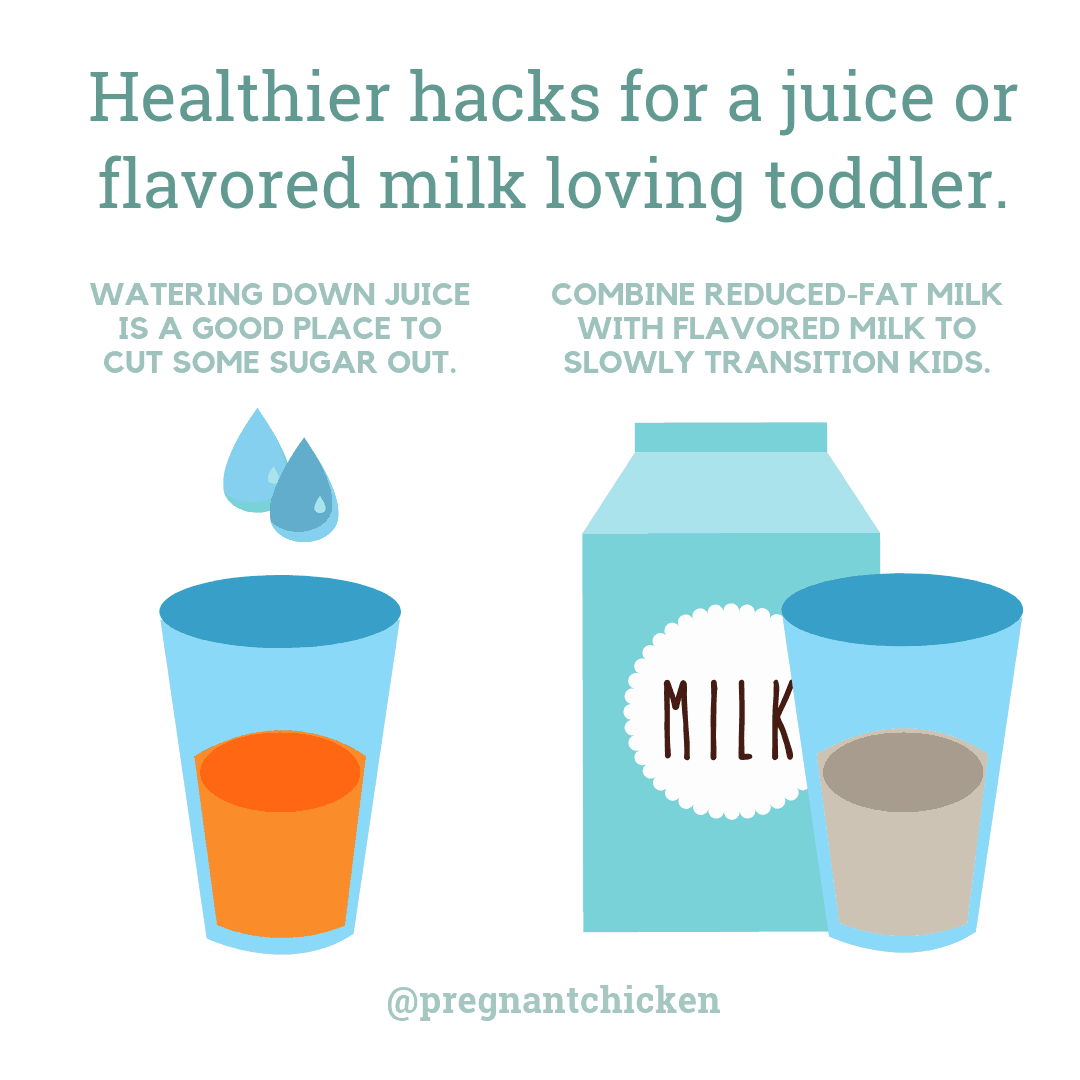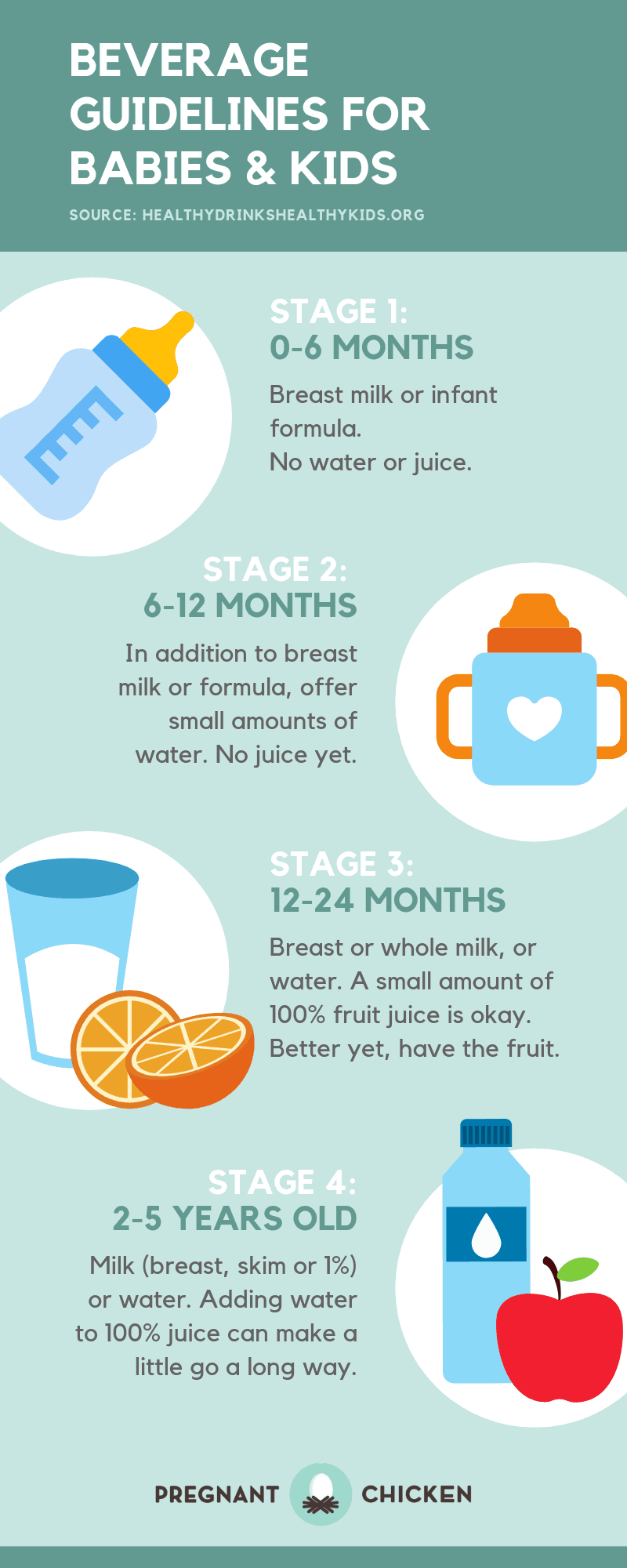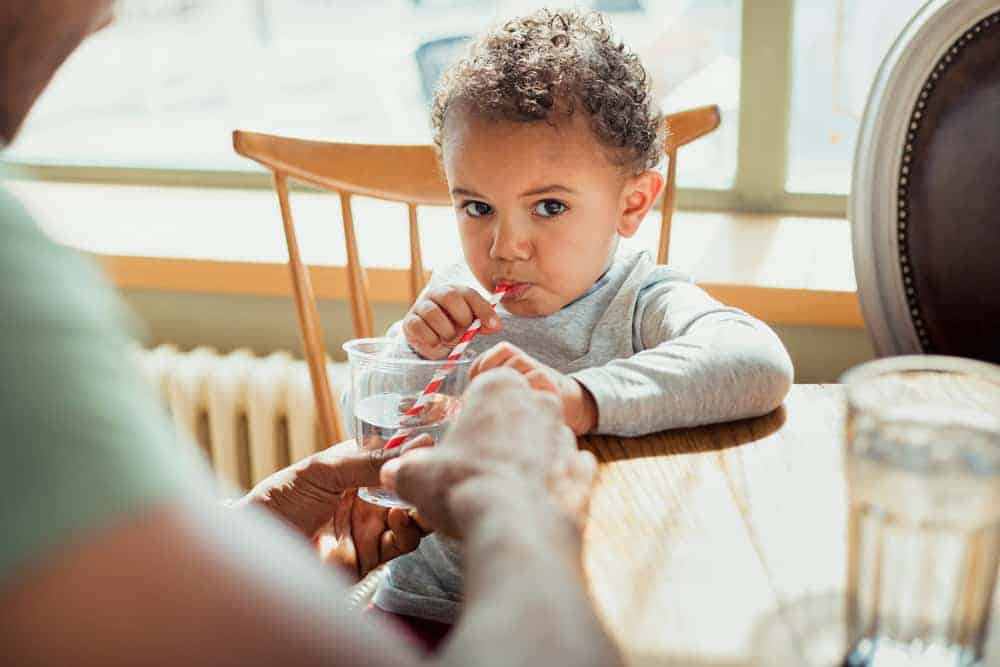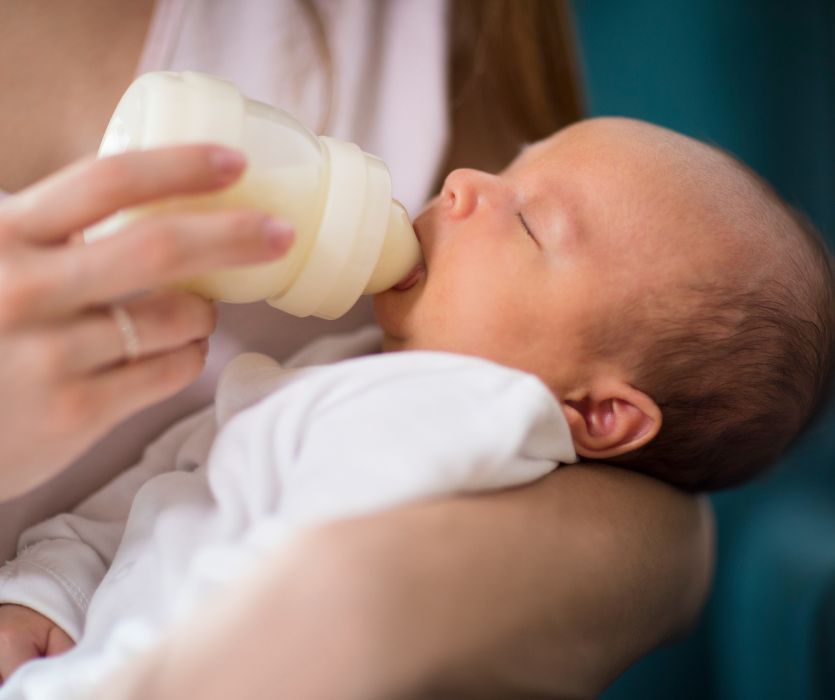Once you become a parent, encountering conflicting advice is about as common (and maddening) as the ol’ 2am double dump. Even within the few short years between when your infant becomes a toddler, recommendations on everything from car seats to sleeping arrangements can change on a dime.
One big source of conflicting information has been in the baby beverage department, specifically what to feed to whom, and when.
Early beverage choice is critical to developing healthy choices later on in life.
Healthy nutrition choices at an early age not only contribute to overall wellness and growth; they also help prevent health-related issues (like cavities, obesity, and type 2 diabetes) later on in life. Although beverages may not seem like an obvious culprit, as one of the very first things consumed by babies aside from breast milk and formula, it’s an important thing to consider.
We all know to start with breast milk for formula, but then what?
Up until now, there hasn’t been a consistent message about what kinds of beverages babies and kids should be drinking as they grow. I mean sure, we all know our kids should lay off the Jack Daniels until college, but not everybody knows that even water shouldn’t be offered until 6 months.
New beverage guidelines for babies and kids from age 0-5 have been released.
Recently the nation’s leading health organizations, specifically the Academy of Nutrition and Dietetics, the American Academy of Pediatric Dentistry, the American Academy of Pediatrics and the American Heart Association, got together in an attempt to consolidate the available data, and develop unified guidelines for what babies and kids should be drinking.
Beverage guidelines for babies and kids
Here’s what they are suggesting babies and kids drink to learn healthy dietary habits, and promote optimal growth:
Babies 0-6 Months:
Only breast milk or formula
Babies 6-12 Months:
Breast milk and formula, okay to offer small amounts of water with food.
12-24 Months:
Whole milk, water, and if you want, a small amount of 100% fruit juice (no added sugar) is okay. The powers that be would prefer whole fruit, and say to keep it under 4oz per day if you’re juicin’. Also, if you’re still breastfeeding, more power to ya, and keep on keeping on if you so choose. They do say toddler formulas, and plant-based and/or flavored milks are a no-no, though, because of the sugar (but that’s up to you and your pedi).
2-5 Years Old:
Milk (1% or skim), water, and occasional juice. Again, ideally, this is 100% fruit juice, and small amounts – 4oz per day for kids that are 2-3, and 6oz for older kiddos.
You can find the full set of recommendations on the Healthy Drinks Healthy Kids website.
Okay, but why?
The long and short of it is that there’s a ton of unhealthy beverage choices out there, and kids are being exposed to them at a very young age. These guidelines are an attempt to minimize nutritional deficiencies and reduce the overall amount of sugar being consumed by young kids, all while teaching healthy habits.
Uh, my kid either sips on chocolate milk or my soul. What now?
Okay, it’s critical to keep in mind that these broad sweeping guidelines don’t take into account that your two-year old will only allow you 20 minutes of rushed grocery shopping if they are enjoying a delicious box of chocolate milk. Or that your kid has a dairy intolerance, and your pediatrician told you to use almond milk. That’s completely reasonable.
Watering down juice is a good place to cut some sugar out, and slowly combining reduced-fat milks with flavored milks (or whole milks) is a possible way to slowly transition them out of your toddler’s diet.

Some final thoughts.
Guidelines are just guidelines meant to educate the masses, not rule them. You and your health care providers are the ones who get to make the final decisions, but it’s good to have a general idea of what to aim for. You do you, boo. Cheers!
If you’d like to learn more about the research behind this, check out Beverage consumption patterns in children 0-4 years, 100% Juice, and Sugar sweetened beverages – health impact on children.





Leave a Comment